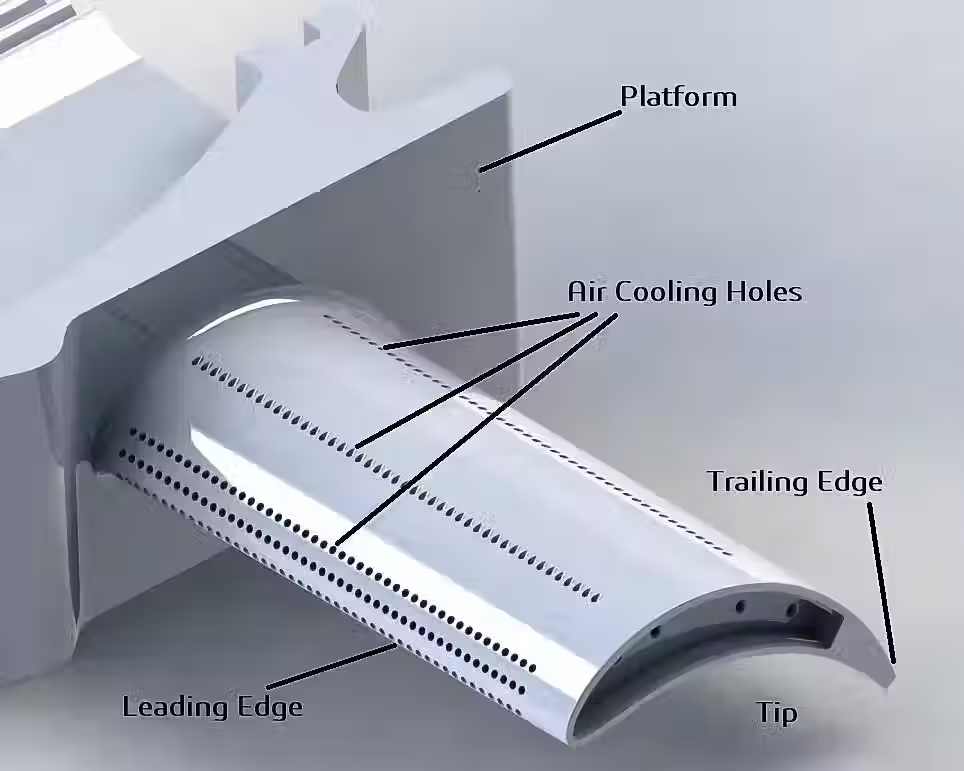

[10]
2025
Project
[Design]
Schematic-Analysis Elaboration
Illustrative concept to demonstrate methods; parameters are intentionally generic. Any resemblance to real designs is coincidental. Content policy: T&Cs.
[10]
2025
Project
[Design]

Conceptulisation of model
Illustrative concept to demonstrate methods; parameters are intentionally generic. Any resemblance to real designs is coincidental. Content policy: T&Cs.
[10]
2025
Project
[Design]

Turbine Blade prototype
Illustrative concept to demonstrate methods; parameters are intentionally generic. Any resemblance to real designs is coincidental. Content policy: T&Cs.
Blade Thermal Barrier Coating
[10]
2025
Project
[Design]
Range of Visal Facets and Variations of Project.
Illustrative concept to demonstrate methods; parameters are intentionally generic. Any resemblance to real designs is coincidental. Content policy: T&Cs.

Thermal Interface Material - Barrier Coating
Engineer a thermal‑barrier coating (TBC) configuration for a gas‑turbine blade that limits base‑metal temperature to ≤ 1050 °C while withstanding a 1400 °C gas stream and maintaining manufacturability, durability, and weight targets.
Working Details
Phase 1: Gas‑Path Modelling – Modelled the 1400 °C gas flow from compressor exit through turbine blades to the nozzle under steady‑state, incompressible assumptions; a constant convection coefficient was applied along the blade fin to establish baseline heat flux.
Phase 2: Material Down‑Select & Thickness Optimisation – Screened candidate TBC stacks; YSZ–ceria, zirconia, and aerogel; against thermal conductivity, sintering resistance, and cost. Calculated thicknesses that balanced durability, weight, and expense, then computed heat transfer and enthalpy savings for each multilayer configuration.
Phase 3: MATLAB Prototype Coding – Implemented the optimised bare‑blade model in MATLAB PlotLib, iterating parametric sweeps of coating combinations to visualise temperature fields and quantify effectiveness across operating points.
Phase 4: Experimental Validation – Applied the selected TBC to a surrogate heat‑exchanger coupon replicating blade geometry. Testing confirmed the refrigeration‑equivalent heat dissipation reduced metal temperature from 1400 °C to ~1050 °C, matching simulation within ±3 %.
These steps verified that the chosen YSZ–ceria stack, at a tuned thickness, meets thermal targets without excessive mass penalty and is compatible with existing turbine maintenance cycles.
Tools and Skillset
MATLAB / Simulink thermal modelling
MATLAB PlotLib temperature visualisation
CFD in MATLAB & SolidWorks Flow Sim
Ansys Fluent conjugate analysis
Fusion 360 CAD integration
Thermal‑barrier materials selection
Coating thickness optimisation & parametric sweep





























